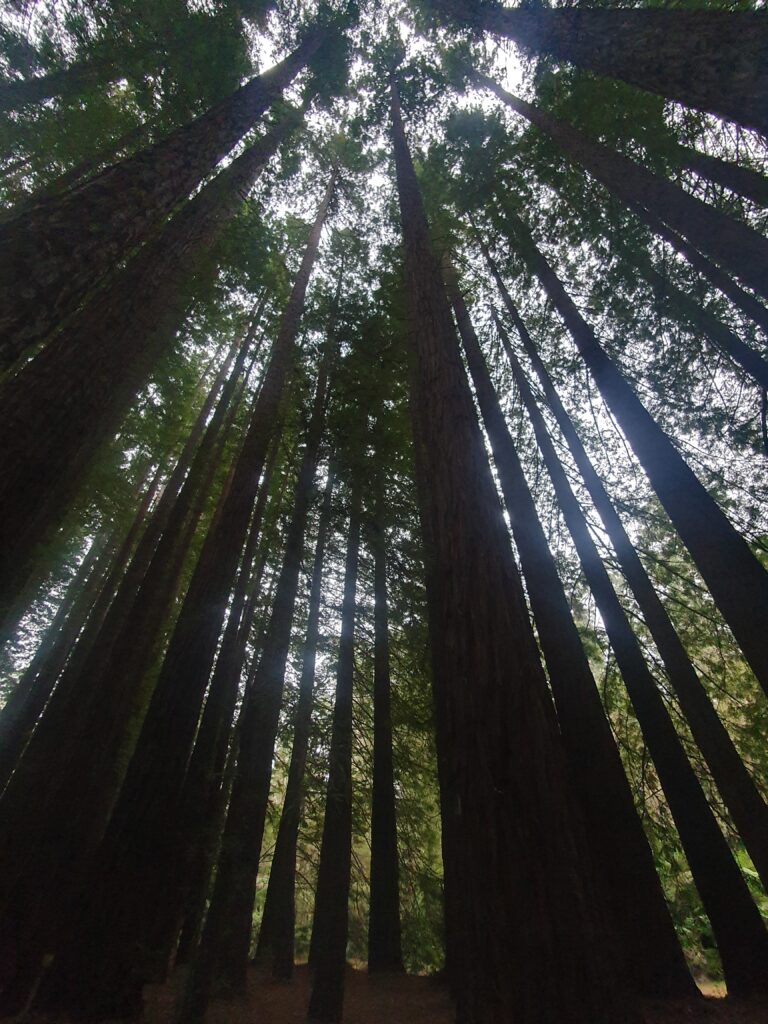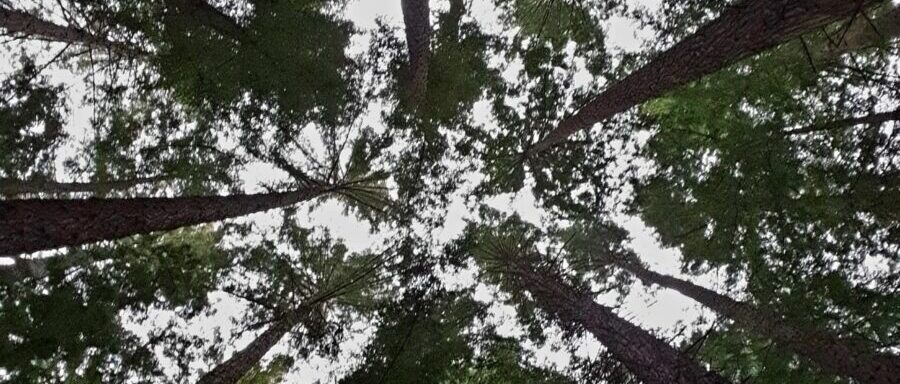Writing for remembering
‘You lay down a path in walking’. Antonio Machado
I have just come out of an intense expedition into Jeremy Lent’s work, having devoured his incredibly well crafted books: The Patterning Instinct and The Web of Meaning over the past 5 days. I felt in such intense connection with the learning process over the past days, having moved from pure mind exhilaration to physical rollercoaster of emotions that I am now finding myself in a sort of strange withdrawal state.
It is Sunday – what am I supposed to do with myself now?
Writing is my attempt at gently reconnecting with what I learnt this week and more importantly what I hope to take forward with me. From having heard Jeremy Lent’s words on the ReGeneration Rising podcast, I could sense that I would resonate with what I felt so grateful to embark on. One thing I had not expected was the musicality, rhythm and depth of his writing.
My intention here is for the process of writing to help me retain glimpses of light from the wealth of knowledge provided in these insightfully dense pieces of work. I am definitely not aiming for an accurate summary of 800 pages but to get closer to what it means to and springs in me.
Deep enculturation
‘Culture shapes values, and those values shape history’. Jeremy Lent
The Patterning Instinct does a wonderful job at synthesising hundreds of years of history, explaining where the values that drive our collective behaviour and patterning instinct may have originated.
One of the threads woven throughout the book is that we all grow up with a set of beliefs and values about the world which are embedded within our subconscious and which ultimately shape how we view and experience every aspect of our lives.
We all have our patterns – some of us are more aware of them or at least some of them – and I was reminded that dualism was a solidly rooted one which has shaped so much of my life decisions; prioritising rationality over everything.
Dualism
‘I think, therefore I am’. Rene Descartes
Damn you Plato and Descartes! I already knew the Cartesian school of thought had significant influence over the kind of person I grew up to become but I had not measured its depth and that one hit home hard. Looking back at the patterns in my life decisions, they all make so much sense and I get a sense of growing compassion towards this little human brought up to revere Reason above all else.
In the search for ‘Truth’, Plato’s Forms set the foundations for the separation of the soul from the body – also known as the Mind/Body split – which had deep consequences on the kind of society we live in today. This dualistic paradigm of Western thought in the pursuit of the abstract, this disembodied version of the truth because our senses could not be trusted, created long-lasting patterns of thoughts in our collective consciousness, including the separation from and distrust of nature and our inner nature.
It gives me a visceral reaction just to remember it. In the Judeo-Christian tradition, humanity’s power and control over nature, with the likes of Francis Bacon and Thomas Hobbes, led to devastating destruction and exploitation of the natural world.
I get that these guys were of course the products of the systems they grew up within, and that the dissociation was also partly what led to the birth of the scientific method, but imagine if instead, other patterns, that of harmony with the natural world could have been embraced.
Harmony
‘Humans should harmonise with nature, not conquer it.’
Ancient Eastern traditions provide a refreshing way of perceiving the world around us. According to Taoism, Buddhism and Neo-Confucianism, humanity did not exist separately from nature but was intrinsically connected to it. Neo-Confucian sages attributed the ultimate source of value to humanity’s intrinsic connection to the natural world. This sense of interconnectedness within the natural world is also a common thread in the teachings of Indigenous Wisdom around the world.
According to Eastern and Indigenous patterns of thought, the connection between things is frequently more important than the things themselves; idea which was revalidated by modern systems theory.
To take it one harmonic step further, the moving set of patterns flowing through everything in nature can be conceptualised as ‘Li’ – and everything we do creates Li ripples in the fabric of existence. I felt enriched through the discovery of these beautiful concepts and couldn’t help but dream about what a world where Neo-Confucian thought and Indigenous wisdom were mainstream would be like.
Integration
‘Only through the process of integration will we find a form a symbiosis that enables the mutual flourishing of humans and nonhuman nature into the distance future’. Jeremy Lent
In his Integrated Information Theory, Giulio Tononi proposes a mathematical model for the consciousness of a system and defines the quantity of consciousness experienced in a system as the amount of information arising from integration, above and beyond the information maintained separately in the system’s part.
Rather than following the dualistic paradigm, Jeremy Lent invites us to move towards an integrative intelligence, comprising both our conceptual consciousness with the animate intelligence present in ourselves and all life on Earth.
We are an ongoing process made up of a multitude of parts, and we are part of nature that is also an ongoing set of processes, relationships, networks, patterns of organisation, and so on and so forth.

Symbiocene
‘Go among the standing people and learn from nature’s wisdom.‘
Systems theorist and deep ecologist Fritjof Capra, who wrote the foreword for The Patterning Instinct, encourages us to regain our experience of connectedness with the entire web of life. In The Web of Meaning, Jeremy Lent envisages an alternative worldview arising from the recognition of our interconnectedness with each other and all aspects of the universe. He talks about how an ecological civilisation could move humanity and nonhuman nature towards an era of mutual flourishing, which he calls the Symbiocene and would be founded upon life affirming principles.
I was struck by the similarities between his beautifully constructed argument and the humble intuitions I recently synthesised on the things we already ‘naturally’ do when we design projects which are likely inspired by nature. But of course, it makes sense. Because we are life and part of life. We are nature and part of nature. What we need is to unlearn some of our embodied societal patterns and remember what we know.
I also found it comforting to read that even Albert Einstein viewed our sense of separateness as a kind of ‘optical delusion of consciousness’ and was in favour of us freeing ourselves from ‘this prison by widening our circles of compassion to embrace all living creatures and the whole of nature in its beauty’. Even The Albert Einstein says it!
Language and metaphors
‘Nature as a machine…’
Spiraling back to where we started around our deep enculturation, we know from neurosciences that language has a patterning effect on cognition and vice versa. When we stop to think about for a moment we can see that in our everyday language, there are so many metaphors hidden in plain sight which can act both as building blocks and barriers of the mind.
As scary it is to unpack the far-reaching consequences that these metaphors can have in our inner and outer worlds, this also means that new metaphors have the power to create a new reality. As humans, we all share the desire and search for meaning in the world around and within us. Aware of where we’ve come from and what we are part of, we have the power to create an ecological worldview that is inclusive of all nature, with values that create a pattern of meaning in people’s lives.
Connection and strands of meaning
‘Hope as a state of mind, not of the world’. Vaclav Havel
The Web of Meaning delves into how the meaning of something may be understood as the network of relationships it is perceived to have. Back to the notion of integration we referred to earlier, this implies that a more extensive and integrated network makes it more meaningful – which can be understood as meaning being a function of connectedness.
Of course. Community connection is a major determinant in the resilience of a community when hit by climate disasters. You got there too. You started from the rational development of technological solutions and the more you lay down your path, the more you realise it is all about connection. It is all about love. Love as the realisation and embrace of connectedness. Love of nature, love of ourselves and others as we are all parts of nature too.
So what do we do with this realisation? We move from mind-heart, from a place of compassion, love and curiosity, where li ripples emerge. The biggest questions on my mind-heart as I digest all of this are:
- How might we support Cultural Creatives – who value ecological stability, accept other cultures are concerned with quality of life – throughout this great transformation?
- What are the most pressing collective ‘actions’ to dedicate our energy towards?
- What will it take to navigate towards an inclusion view of nature?
- What is the strand that you will weave into the web of meaning?
